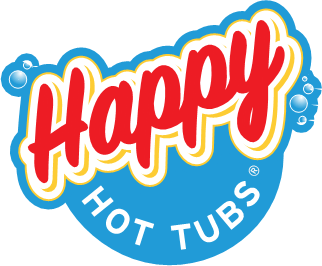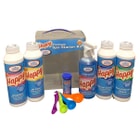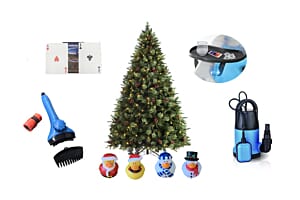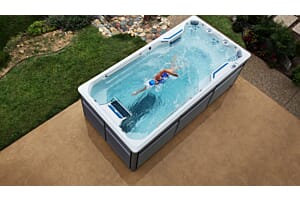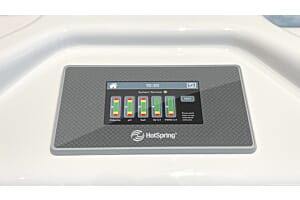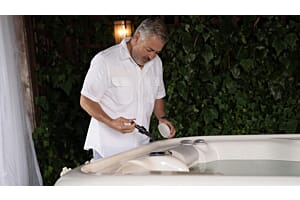How To Keep Your Ice Bath or Cold Plunge Clean

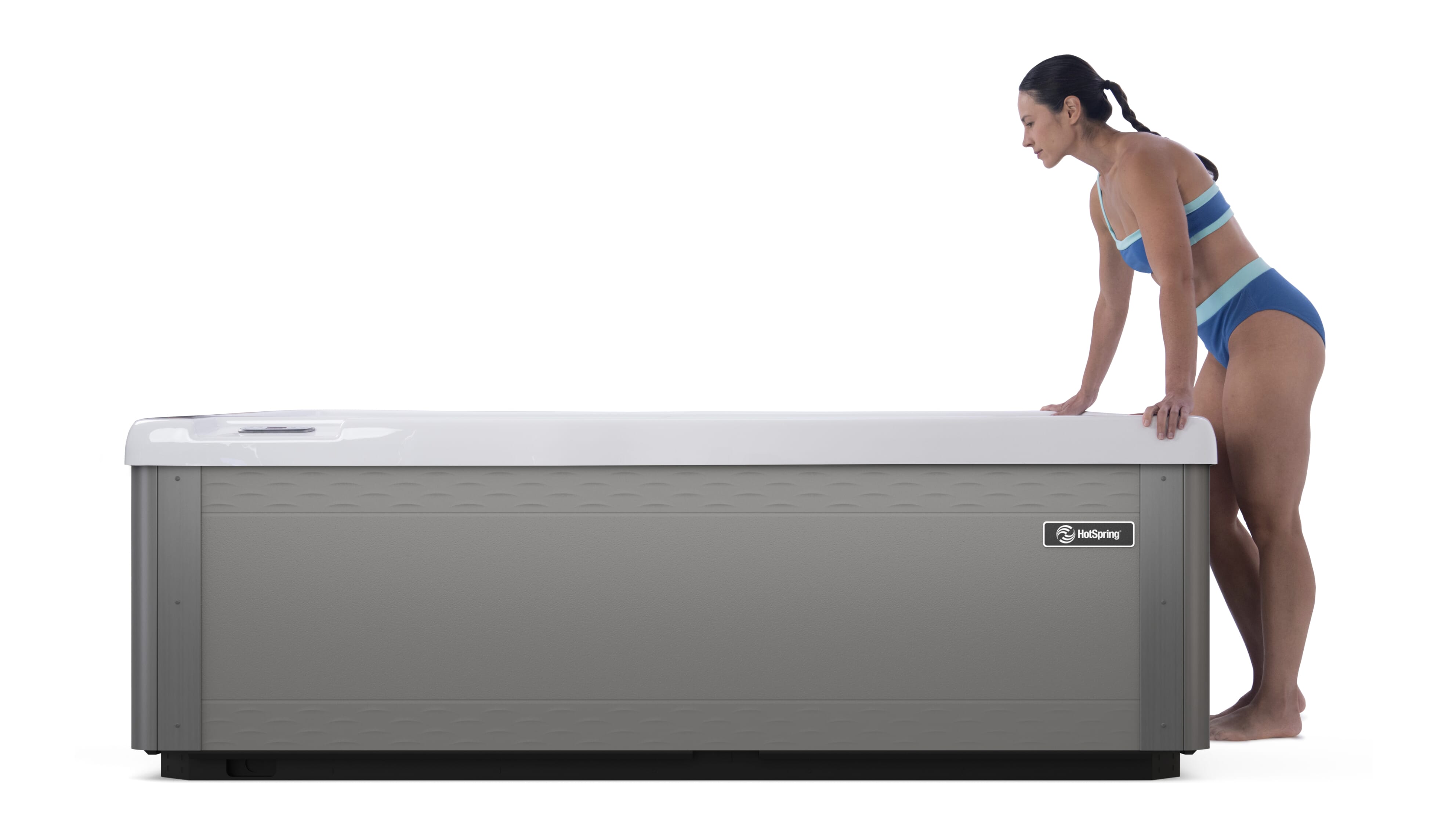
Portable ice baths, also known as cold plunge are one of the most popular innovations in the personal wellness space. They come in all different shapes and sizes, from more simple units chilled with ice cubes, all the way up to standalone units with coolers such as the Hot Spring Vigor. Having monitored the growth of this market over the past year or so, we have come to realise that some of the advice around cleaning and water maintenance is unhelpful and mostly, wrong. The purpose of this blog post is to help clarify how to keep your ice bath clean, how to maintain water in your ice bath for a longer period and also to explain how water maintenance in an ice bath may vary to a hot tub or swimming pool.
Water Chemistry Differences Between Hot Tubs and Ice Baths
As a retailer of hot tubs and hot tub chemicals for over 20 years, we have a lot of experience in the area of water balance for hot tubs. We think there are some useful comparisons in water chemistry between hot tubs and ice baths but also some key differences. Here is a breakdown of some factors that will cause water chemistry to vary between an ice bath and hot tub:
- Water Temperature. Hot tubs mostly run between 37 and 40 degrees Celcius, which is a perfect temperature for bacteria to harbour but also a nice temperature for chemicals to dissolve easily. On the flip side, a cold plunge usually runs below 15 degrees Celcius, which is less favourable to bacteria but can make dissolving chemicals a little harder.
- Usage. Hot tubs generally have a higher capacity than a cold plunge, this means that usage can really affect chemical levels. Chlorine levels can drop very quickly with 3-4 people using a hot tub. Hot tubs are also generally used for longer. For a cold plunge usage is generally limited to 1 person and for a shorter time. This means chlorine demand tends to be much lower in a cold plunge.
- Water Longevity. Hot tubs tend to stay on for up to 4 months with the same water, which introduces the requirement to balance chemicals. However, some cold plunges are drained and re-filled for each use and if this is the case then little to no water balancing is required. If your cold plunge has filtration and cooling and the water is kept in for up to 4 months then you will be required to balance the water with chemicals.
How to Keep Your Ice Bath Clean (By Type)
The factors that impact how to keep your cold plunge clean include material of the unit, longevity of the water and filtration. Therefore we have split this up depending on your type of cold plunge, however the general point is that if water is being retained for more than 1 day then you will need to treat your water using the same principles as maintaining hot tub water in order to keep the water in good condition and safe for users.
Ice Bath with Chiller and Filtration
The benefit of a chiller with filtration is that the water can be kept in the unit for longer. Filtration helps keep the water moving, removes any floating particles and helps with general sanitation. In this case, we would recommend retaining water in the unit for a maximum of 4 months.
Ice Bath With No Filtration (Water Retained for a Period)
If your ice bath has no filtration or circulation then it will be much harder to keep clean. You may be able to delay the water from going stagnant for a short period by treating with chemicals but we would not recommend retaining water in the unit for longer than 1 week in this case.
Ice Bath With No Filtration (Water Drained Between Usage)
If you drain your cold plunge between usage then you will need to wipe it clean periodically to prevent dirt and bacteria from forming on the surface.
Metal or Wooden Ice Baths
If your cold plunge is lined with metal or wood then some chemicals may not be recommended as they could cause corrosion or damage to your unit. Please check with your manufacturer if you are unsure about the compatibility of chemicals.
Cold Plunge Water Treatment Tips
While we generally recommend following our Hot Tub Water Care Guide in your ice bath, there are some subtle differences and tips that will help when treating your water.
- Pre-mix granules. Given the low temperatures of a cold plunge, we recommend pre-mixing chemicals in a bucket of lukewarm water in order to help them disperse more easily into the water. Yes, this will raise the temperature slightly but it is important to allow the chemicals to dissolve. DO NOT MIX DIFFERENT CHEMICALS IN THE SAME BUCKET, ALWAYS USE CAUTION AND FOLLOW THE GUIDELINES.
- Re-consider tablets. Bromine or chlorine tablets are popular because they dissolve slowly over time but both chemicals are stubborn and can take days to dissolve, even in 40 degree hot tub water. This problem is exacerbated in cold plunge units where the temperature is very low. As a result, we feel granules are the better solution to use for treatment.
- Don't forget PH. PH is a very important measure in keeping the water friendly on your skin, while also keeping your sanitiser efficient. This needs to be maintained between 7.2 and 7.6 Find out more about PH and Alkalinity here.
FAQs
Are there chlorine-free methods to keeping water clean in an ice bath?
Check out our Aquablanc sanitiser, which is chlorine-free but please note this is expensive and not the most effective sanitiser available.
I do not want to use chemicals in my cold plunge. What can I do?
In this case you will have to drain between usage. You cannot leave water untreated for a long period or you will create a risk of bacteria forming in the water, which can put bathers at risk.
